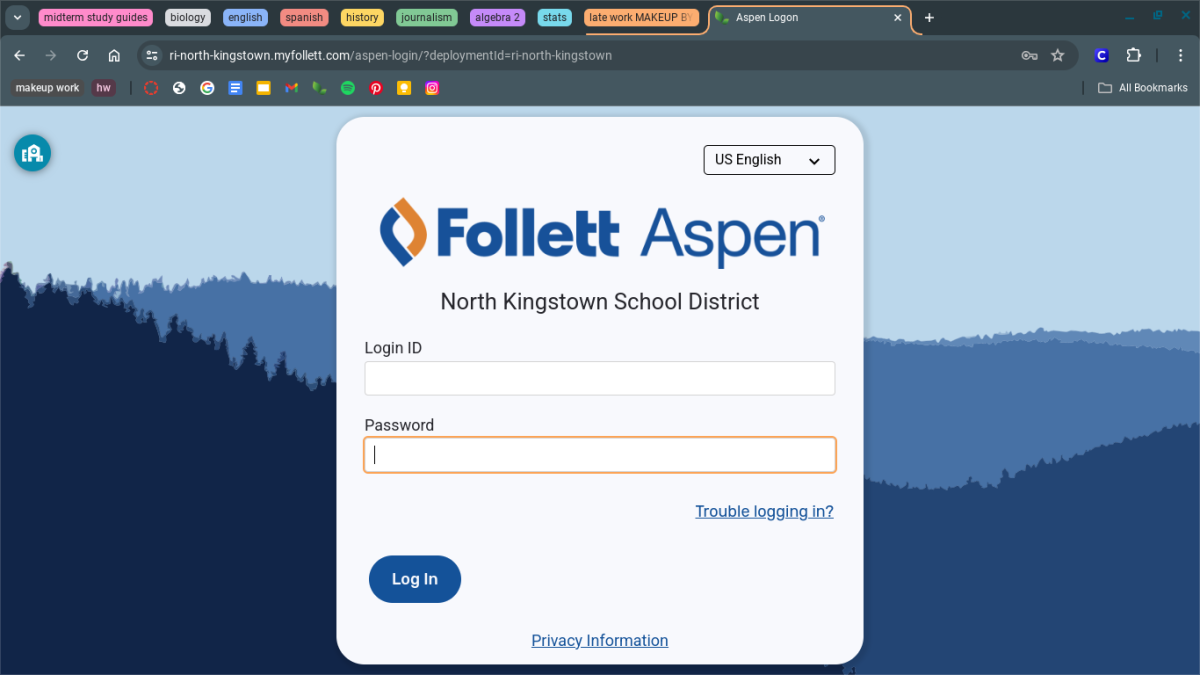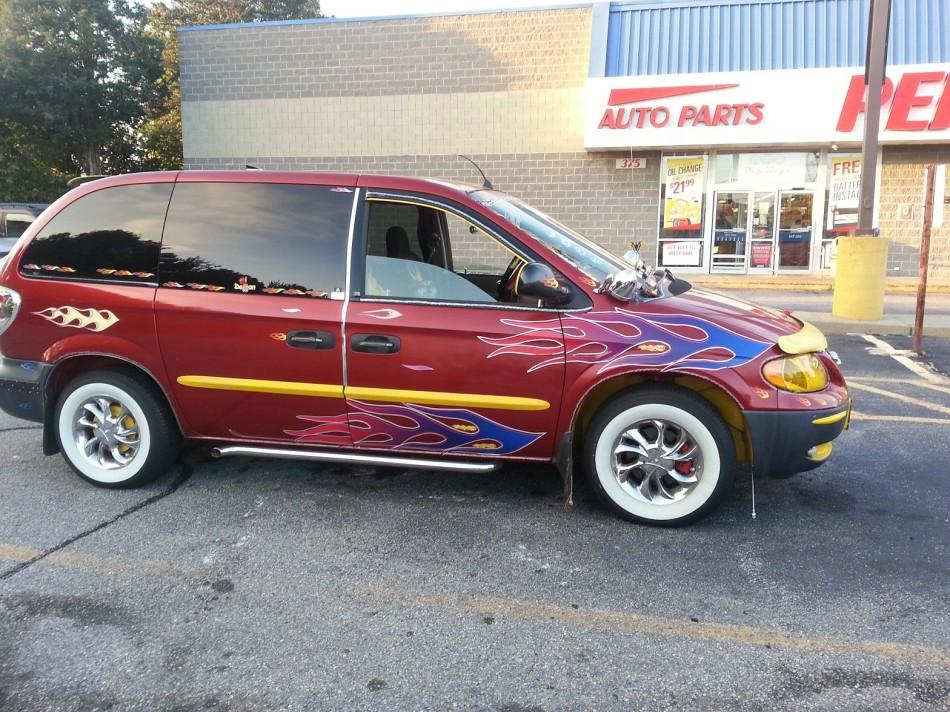Cars: Going back to the basics
One of the worst feelings a driver can have is when suddenly something seems odd about the car’s performance, or there is a weird sound that you can’t diagnose, or there is a light that is alerting you of something wrong and you have no idea what it means.
Car maintenance can be a very expensive thing if you go to a garage and have a professional review everything for you. However, there are a few things that you can do that are not time-consuming or expensive to help keep your car running at peak performance
A simple thing that can be done right in the driveway is checking your oil. First, make sure the car hasn’t been running for a while and is on level ground, then pop the hood and look for a yellow ring marked engine. That yellow ring is the top of the dipstick. You will find two that look alike, make sure you find the dipstick marked for the engine instead of the one marked for the transmission because you will be checking your oil, not your transmission fluid. Pull out the dipstick, wipe the bottom with a lint-free rag, reinsert the dipstick and pull it out again and see what level the oil is at.
If the dipstick shows that the oil level is near max then you are fine, but if the oil level is low then you should immediately add more oil. If you need to add oil, look for a screw-off cap on the largest part of the engine. This cap could be blank or could be labeled “Oil Cap”. Unscrew this cap and add the new oil.
“I usually check my oil once every two weeks, especially in the winter, to make sure my SUV keeps running efficiently,” said senior Nick Gartland
Maintaining your oil level is very important because oil helps lubricate, clean, and cool the engine to keep it running efficiently. Checking your oil is a simple thing but if you forget to check your oil until the absolute last second, then damage could occur to the engine which in turn will affect the car’s performance.
A major part of a car is the four tires that it “sits” on. It is vital that you check your car tires regularly, for wear, cracking, bulging, pressure or objects caught in the tread. A major factor that determines how well the tires perform on a car is the tire pressure. The correct tire pressure for any particular car will be listed in the owner’s manual and/or on a label in the car or on the car door.
The easiest way to check your tire pressure is to go to a gas station or garage because most carry digital air dispensers which are inexpensive to use and most have instructions on how to use them labeled right on the machine to eliminate any confusion. An important thing to remember is that you should only check your tire pressure when you have driven five miles or less, if you drive more than that and test them then you will get an inaccurate reading.
Correct tire pressure on any particular car will result in excellent braking, handling, grip on the road, and accurate fuel efficiency. Low tire pressure will increase fuel consumption, make the tread of the tire deteriorate faster and increase your braking distance. High tire pressure will affect the grip, reduce the stability in braking and taking corners, and shorten the tire life.
Some people decide that plane tickets are too expensive and they don’t want to take the train to their destination so they decide to use their car and drive the long distance instead. This is okay as long as the car passes the FLOWERY test that can be done right in your driveway. Yes, the name is kind of funny but the FLOWERY test helps ensure you that your car is ready for the traveling.
Each letter in FLOWERY stands for a different component of the car that you should check before traveling. The components that you check in this test are fuel, lights, odometer (as a checkpoint), water levels, electrics, rubber (tires), and yourself to ensure you are fit to drive the long hours and distance.
In New England especially, there can be weather changes in an instant and it is important to know how to drive in different conditions and at night. Kids who get their permit are asked to drive a certain number of hours at night to adapt to the changes in scenery and driving styles of people around them.
Night driving can be easily adapted to, even for a rookie driver, but one problem most drivers have at night are the lights and the glare that they give off. Bright headlights from other cars, street lights, building lights, etc. can produce glares that can temporarily blind or disorientate the driver. This is known as the “dazzle effect” which occurs at night and is similar to when the sun blinds you while driving during the day.
“I hate people that leave their high beams on,” said Gartland. Driving with high beams can become a hazard quickly because due to the brightness of the lights, other drivers can become temporarily blinded.
The best way to solve this problem is to look just directly in front of you to the road ahead if the problem is being caused by oncoming lights. On the other hand, if the “dazzle effect” is being caused by lights in your rear-view mirror then you should adjust your mirror to a position where you can still see safely behind you but the lights no longer blind you or annoy your eyes.
The winter seasons can produce a number of accidents which are usually caused by lack of awareness, last-second decision making, and excessive speed.
Consequently, a popular saying in the winter is, “They almost hit me” and this is commonly the fault of someone who didn’t understand the differences that you face in the winter as opposed to the other seasons.
“If you are unaware of your car’s ability in winter conditions then drive slow or stay at home”, said junior John Kupa.
In the winter, conditions like snow, ice, and rain causes the tires to lose grip with the road and can really change how the car reacts in different situations.
“I plow with my truck in the winter, so I have the ability to drive in the conditions unlike owners with small cars.” said Kupa. It is important to remember that in winter conditions you should always slow your speed, steer gently into turns to prevent skidding, carefully accelerate and brake, and increase your stopping distance.
Cars will always be complex machines no matter how far technology grows but there will always be things that YOU can do on your own time to ensure that your car keeps performing to its max potential on a consistent basis.
Your donation will support the student journalists of North Kingstown High School. Your contribution will allow us to distribute a print edition of the Current Wave to all students, as well as enter journalism competitions.











